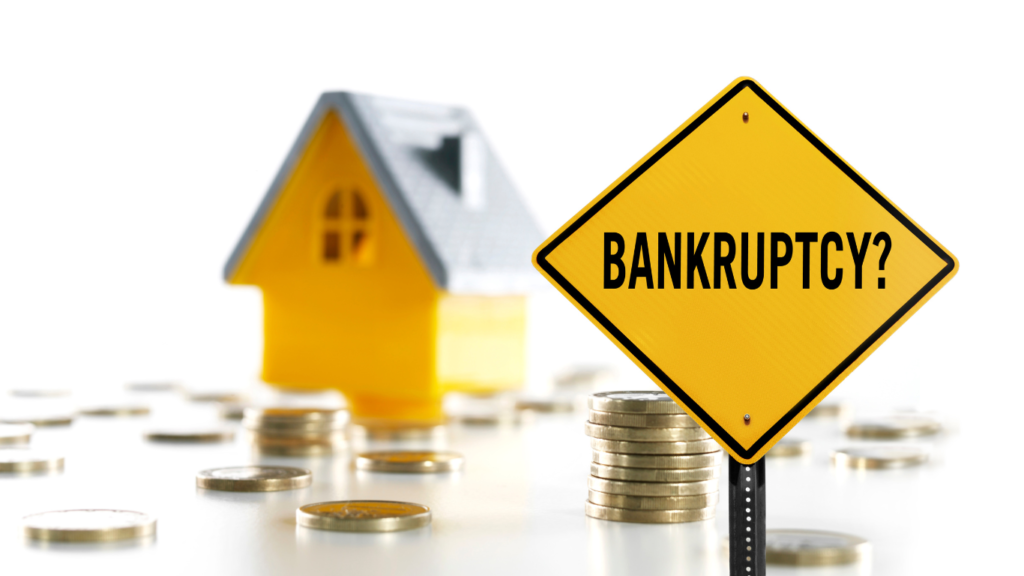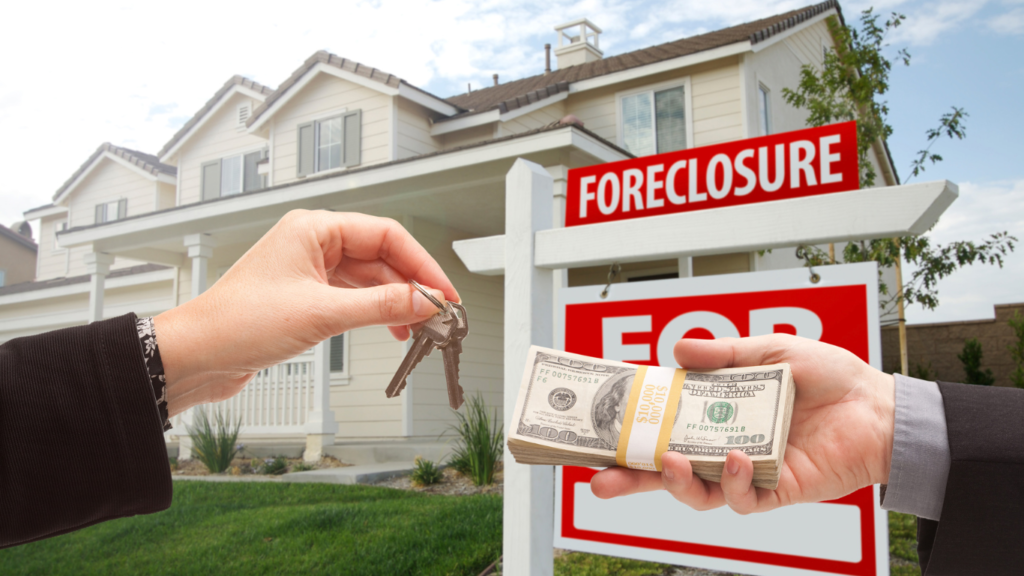Going through a divorce can be a difficult and emotional time, and selling a house can add another layer of stress. However, with the right information and guidance, the process can go smoothly. In this blog, we’ll discuss how to sell a house during a divorce in New York, what to expect, and how the property is distributed.
Step 1: Determine ownership
The first step in selling a house during a divorce in New York is to determine who owns the property. If the property is owned jointly by both spouses, then both parties must agree to the sale. If one spouse is the sole owner of the property, then they have the right to sell the property without the other spouse’s consent.
Step 2: Decide how to sell the property
Once ownership is determined, the next step is to decide how to sell the property. There are a few options to consider:
- Sell the house on the open market: This is the most common way to sell a house during a divorce. It involves hiring a real estate agent to list the property and find a buyer. The proceeds from the sale are then split between the spouses according to their ownership percentage.
- Buyout: If one spouse wants to keep the property, they can buy out the other spouse’s share. This typically involves getting a new mortgage in their name and paying the other spouse their share of the equity.
- Sell the property to an investor: If selling the property on the open market isn’t feasible or desirable, the property can be sold to an investor. This may result in a lower sale price, but it can be a faster and less complicated process.
Step 3: Determine the value of the property
Before selling the property, it’s important to determine its value. This can be done by hiring a professional appraiser or getting a comparative market analysis from a real estate agent.
Step 4: Settle any outstanding debts
If there are any outstanding debts associated with the property, such as a mortgage or liens, these must be settled before the property can be sold. The proceeds from the sale will be used to pay off any outstanding debts.
Step 5: Divide the proceeds
Once the property is sold, the proceeds will be divided between the spouses according to their ownership percentage. If the spouses are unable to agree on how to divide the proceeds, a judge may need to intervene.
Helpful government links
- New York State Unified Court System
- New York State Department of Financial Services
- New York State Homes and Community Renewal
Consequences of foreclosure
If a homeowner in New York falls behind on mortgage payments, their lender can initiate foreclosure proceedings. Foreclosure can have serious consequences, including:
- Losing the property: The most obvious consequence of foreclosure is losing the property to the lender.
- Damage to credit: Foreclosure can have a significant negative impact on a homeowner’s credit score, making it difficult to obtain credit in the future.
- Difficulty renting: Landlords often check credit reports when considering rental applications, so a foreclosure can make it difficult to find a rental property.
- Emotional toll: Foreclosure can be emotionally taxing, as homeowners may feel ashamed, embarrassed, or like they’ve failed.
In order to avoid foreclosure, homeowners should explore mortgage relief options, such as loan modifications or refinancing. It’s important to contact the lender as soon as possible if falling behind on payments to discuss options.
Sell My House Fast with Favor Home Solutions
At Favor Home Solutions, we understand how complicated it can be to sell a property during a divorce. With us, selling your home is simple, stress-free, and straightforward. Our service is free of hidden fees or extra charges – we’ve got you covered! With our fair cash offer, you can start a new chapter in your life as soon as 14 days from now. Get in touch with us today!


